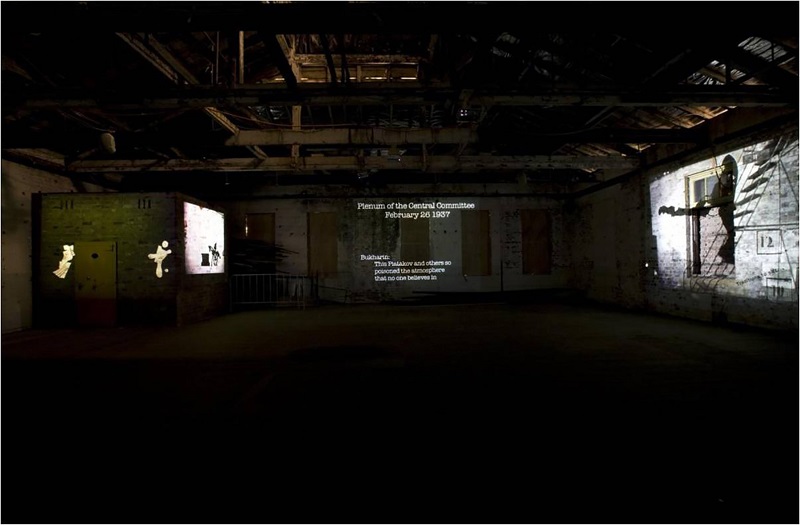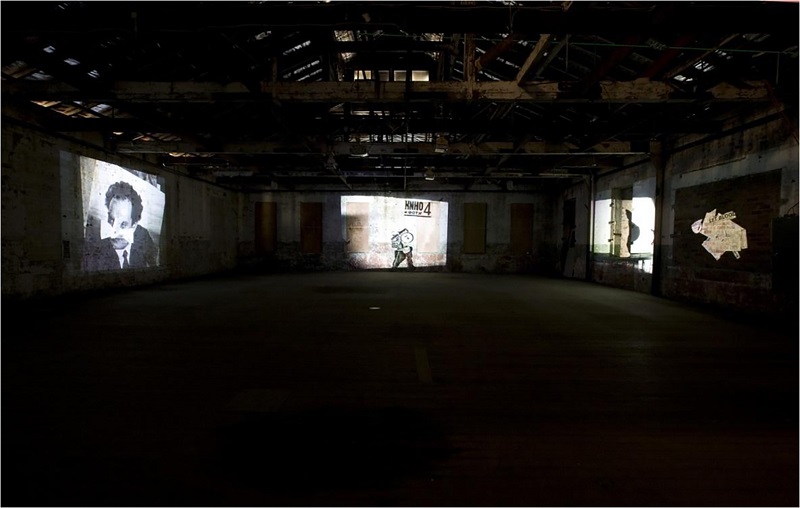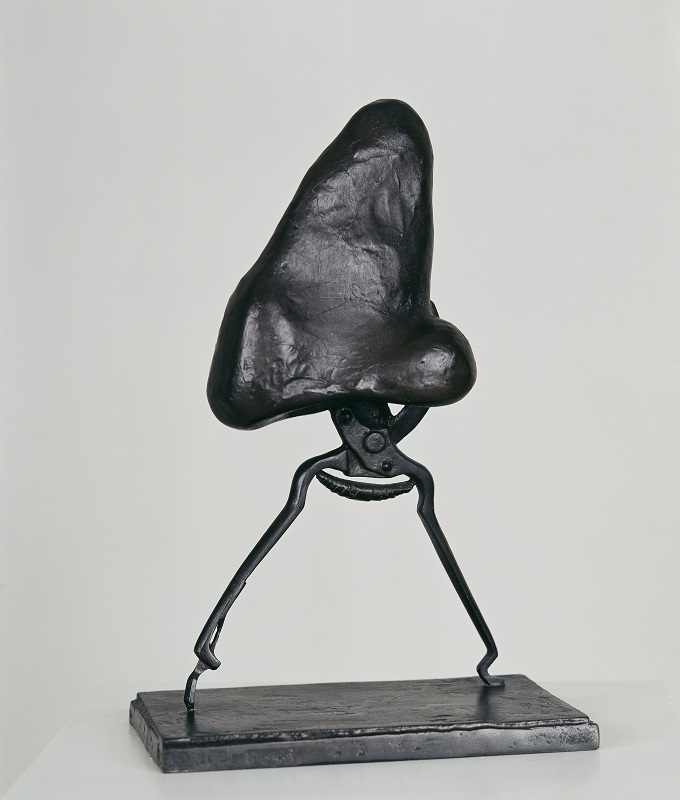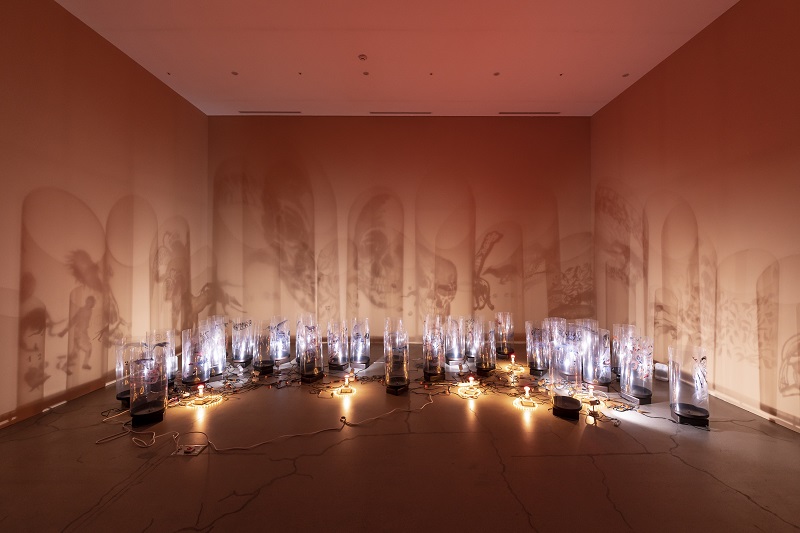The National Museum of Modern and Contemporary Art, Korea presents MMCA Collection Highlight: Absurdist Fantasy, introducing international new media works collected by the museum since 2010. This exhibition consists of major works by the South African artist William Kentridge (1955~), Indian artist Nalini Malani (1946~), and Chinese artist Yang Fudong (1971~). A common aspect in the works of these three artists is that they reconstruct issues of social and political reality in a narrative manner, inspired by plays, operas, novels, and rituals.
Absurdist Fantasy in the title of the exhibition is an excerpt taken from William Kentridge's artist note. The mechanism of "fantasy" in the works of the three artist blurs the boundaries with the real world, both enhancing our awareness of reality while at the same time arriving at contradictory truths. This mechanism expresses the sense of absurdity or conflict felt by individuals facing rapid changes in the society in a way that crosses the real and non-real. We hope that this exhibition offers an opportunity to examine how contemporary artists materialize problems that they face in reality through their works, and provide clues to understanding the new media collection at the National Museum of Modern and Contemporary Art, Korea.


William Kentridge
I am not me, the horse is not mine
2008, eight-channel projections, color, sound, 6min., ed. 2/11. MMCA collection
William Kentridge (1955-) is a South African artist best known for his films and works in various fields of art, film, theater, etc. He grew up in a white anti-apartheid family, and became interested in social and political issues. In Kentridge's work, his charcoal drawings are delicately erased, modified, and filmed in stop motion, then projected continuously as a film of drawings in animation form. The life stories of the figures that appear in Kentridge's film projections take on the form of series. The title I am not me, the horse is not mine comes from a Russian proverb which is used to deny any guilt or wrongdoing. This work is based on The Nose, a Russian novel written by Nikolai Gogol in 1837.

William Kentridge
Nose 1 (Scissors)
2007, Bronze, 30×16×14cm, ed. 1/20. MMCA collection
Nose 1 (Scissors) is a sculptural work that visualizes the nose from his filmic work I am not me, the horse is not mine. An allegorical sculpture which transforms a pair of scissors into a certain character, this work is based on the story about a man who realizes that his nose is gone one day, and looks for his nose throughout the town until he finally meets his nose. The nose, now superior than the man, refuses to talk to him, and tries to sneak out of the city but ends up getting arrested. The man wakes up from the dream, and is relieved to realize that the absurd incident of his missing nose was only just a dream.

Yang Fudong
Seven Intellectuals in Bamboo Forest Ⅲ
2005, single-channel video, black and white, sound, 53min., ed. 1/7. MMCA collection
Yang Fudong (1971-) creates unique narratives by combining individual memories, experiences, myths, and histories. His poetic, dreamy images express the agony, psychology, and anxiety of contemporary people living in a society that has gone through changes due to modernization, industrialization, and urbanization. Seven Intellectuals in a Bamboo Forest is based on the ritual of seven scholars who wanted to escape from the corrupt politics during the Chinese Wei and Jin Dynasty regime changes, and live freely in a bamboo forest. Yang Fudong drew an analogy between the seven intellectuals in a bamboo forest, and the young urbanites living in the era of chaos in modernization and industrialization, and produced a five-part modern version of the work. Seven Intellectuals in a Bamboo Forest III tells an unexpected event that takes place when seven young men and women leave the city, and move to the rural area to farm.

Nalini Malani
The Tables Have Turned
2008, 32 turntables, mylar cylinder, halogen light, sound, 20min., ed. 2/3(A.P.2). MMCA collection
Nalini Malani (1946-) makes various explorations in diverse genres including painting, murals, video installation, shadow play, etc. The Indian artist gained international acclaim through her intricate media installation works that capture the complex political and social disputes triggered by various races, languages, and religions. Produced for the 2008 Sydney Biennale, The Tables Have Turned takes the form of a shadow play which the artist had explored often previously in her work. Approximately 30 rotating mechanisms capturing images related to war and industrial revolution are projected on the surrounding outer walls, creating a multi-sensorial space that combinespsychological and cultural elements.
